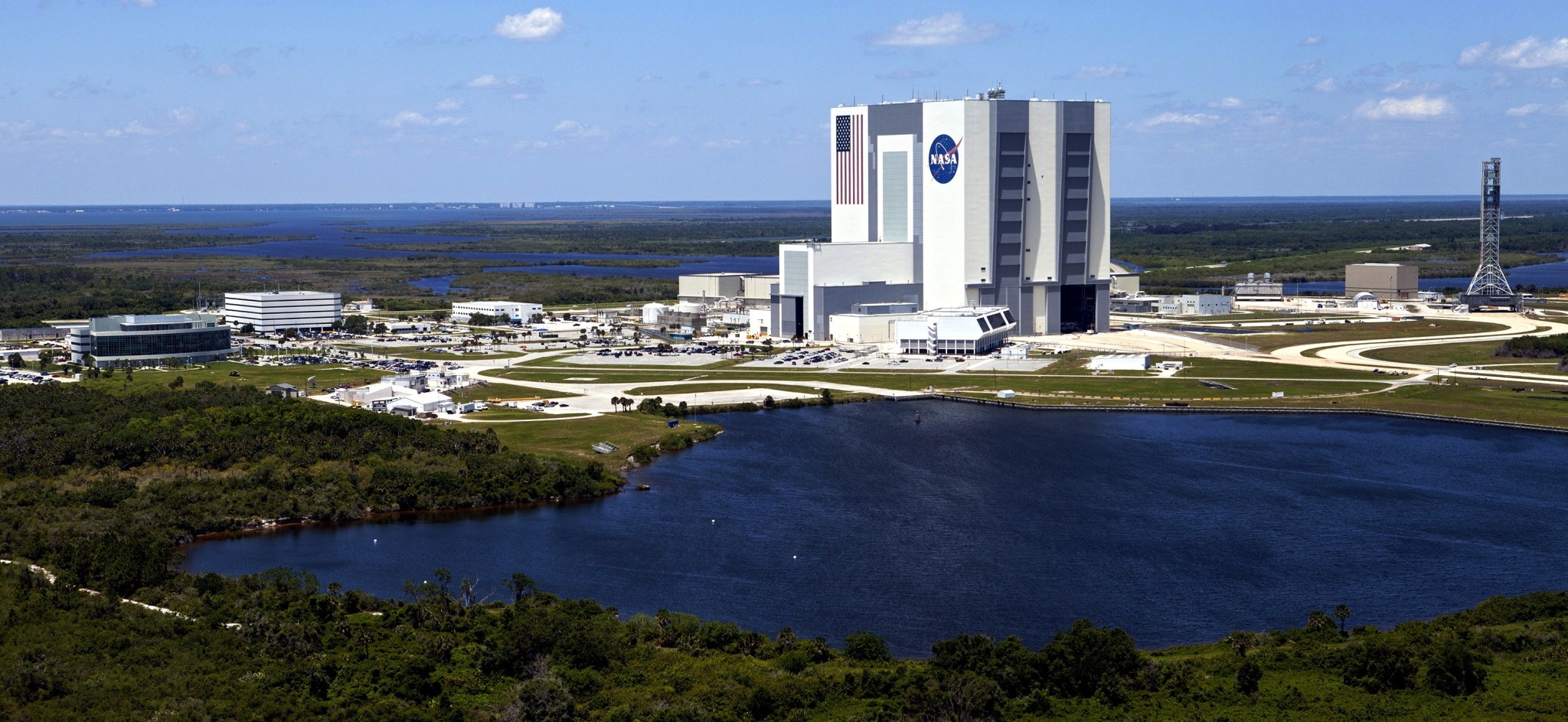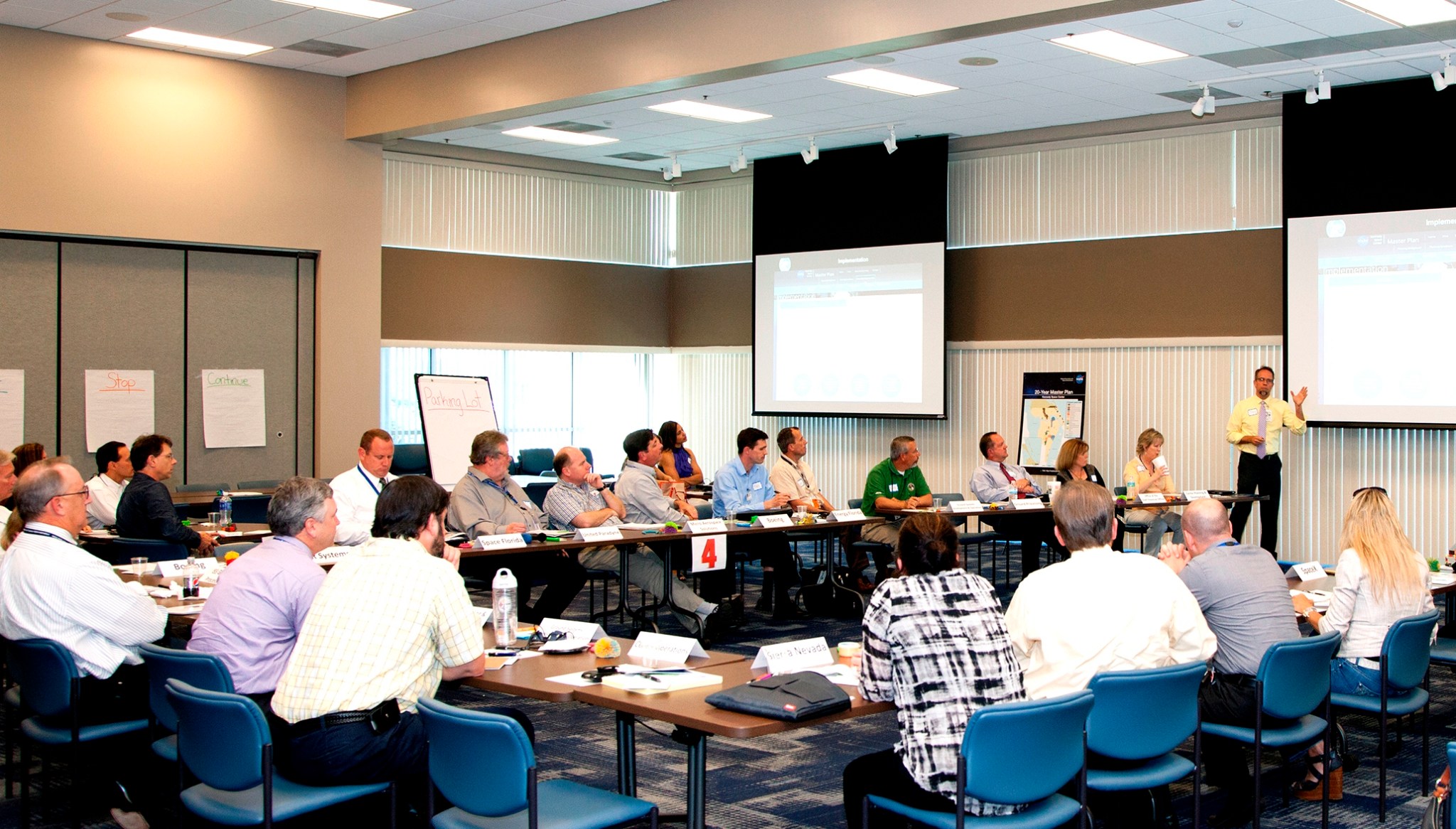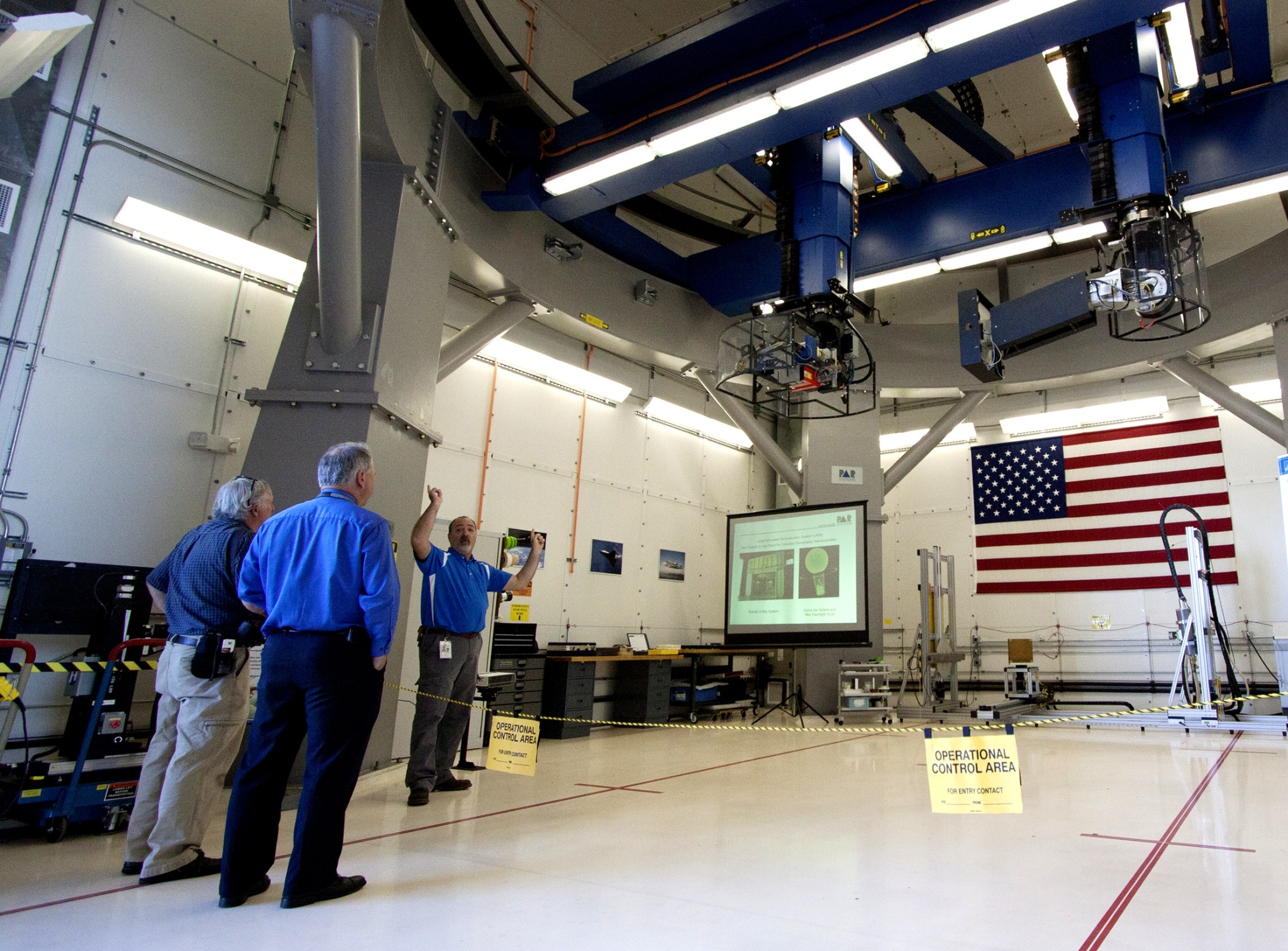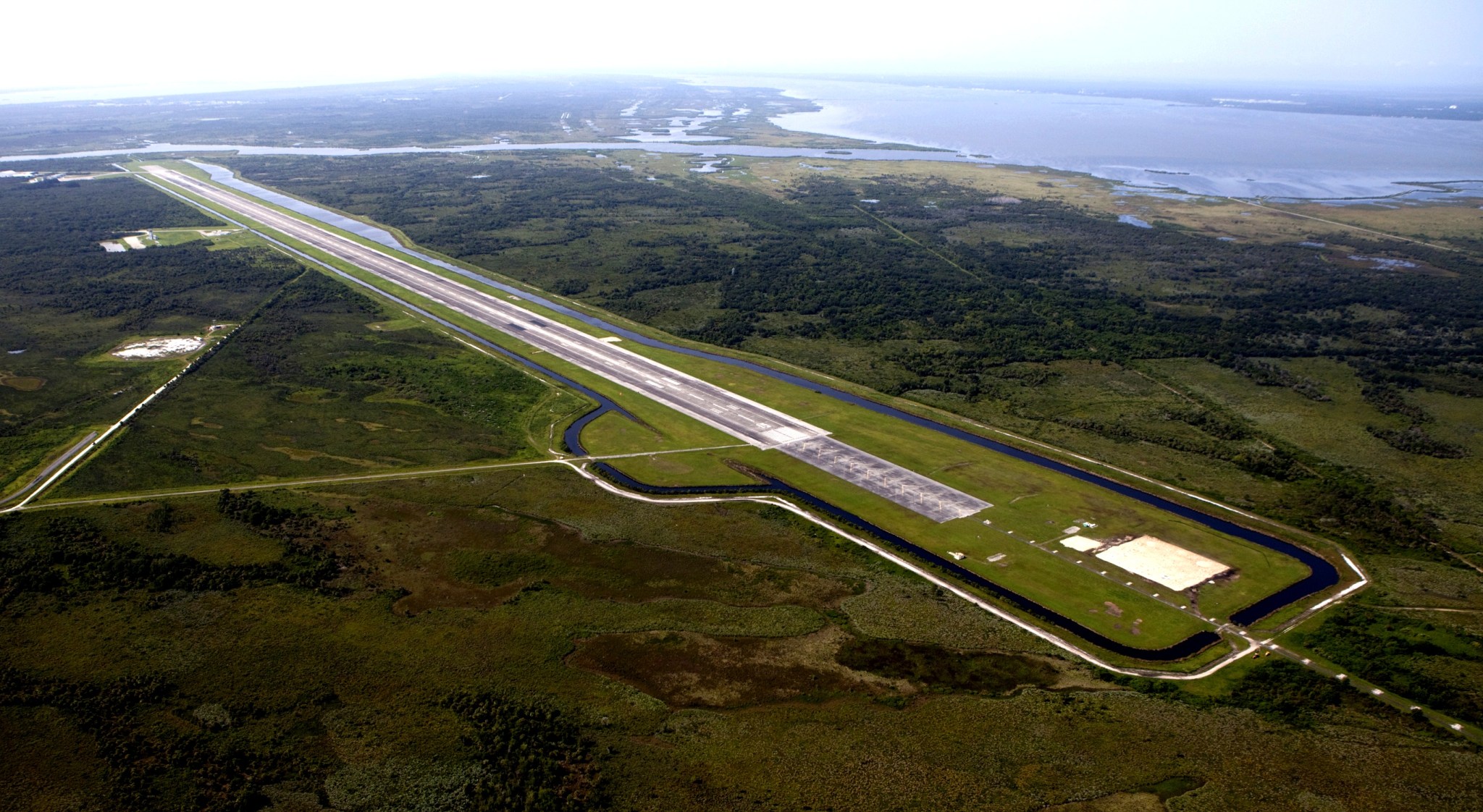Teamed with its industry partners, NASA’s Kennedy Space Center in Florida is well on its way to establishing a multi-user spaceport to help meet America’s spacefaring needs for the 21st century. Counterparts from companies who are operating several space center facilities recently met with agency officials to discuss ongoing partnerships and plans for the center’s future.

Hosted by Kennedy’s Center Planning and Development Directorate, the first Partnership Landscape Forum was held on April 10, 2014. The gathering is designed to be a quarterly meeting between Kennedy leaders and current partners. The first get-together focused on how the center has changed since the end of the Space Shuttle Program and plans for the road ahead.
Center Director Bob Cabana opened the forum, noting the progress that has been made in transitioning Kennedy from a historically government-only launch facility to a multi-user spaceport.
“If you look at what we’re putting in place here at Kennedy, it’s pretty amazing when you consider that three years ago there was one program here that paid for everything,” he said. “Now we’ve got multiple commercial customers, we’ve got a new government program, and we’re utilizing these assets to become a spaceport with government and commercial operations to and from low-Earth orbit and beyond for both crew and cargo.”
Center Planning and Development is the “front door” for partnerships with NASA’s Kennedy Space Center. The Partnership Landscape Forum took place to promote awareness of center activities, programs and policies that may impact partnerships and existing capabilities, and allow input from industry leaders.

Tom Engler, Kennedy’s deputy director of Center Planning and Development, explained that as the shuttle program was winding down, NASA saw that it would be left with many key facilities that would not be needed in the immediate future.
“We invested 30 years in the shuttle program, 50 years overall at the center, and billions of dollars in capabilities that we really didn’t want to lose,” he said. “We’ve taken center facilities that we didn’t need and we’ve found outstanding partners to be able to take advantage of those capabilities.”
One example of a key partnership is Bay 3 of the shuttle era’s Orbiter Processing Facility. It now is being modernized by The Boeing Company as the Commercial Crew and Cargo Processing Facility (C3PF). There, Boeing plans to prepare its CST-100 spacecraft, currently under development with the agency’s Commercial Crew Program to ferry astronauts to and from low-Earth orbit.
NASA recently established a partnership with PaR Systems, Inc., for operation of Hangar N at Cape Canaveral Air Force Station and its nondestructive testing equipment.

The agency also signed a partnership agreement with Craig Technologies to maintain unique processing and manufacturing equipment in Cape Canaveral, Fla., for future mission support at the space center. Formerly known as the NASA Shuttle Logistics Depot, in its new role, the facility now is the Aerospace and Defense Manufacturing Center.
In addition to Boeing, Craig Technologies and PaR Systems, other partners participating in the forum were Energy Florida, Sierra Nevada Corporation, Space Florida, SpaceX and United Paradyne.
Looking ahead, Cabana described his vision for space center operations in the near future.
“In five years, I want to see the Space Launch System and the Orion launching at least once a year on a mission to explore beyond planet Earth,” he said. “I want to see commercial launches off of Pad 39A and maybe even another (pad) just north of Pad 39B. I want to see crew and cargo flights. I want to see operations out at the Shuttle Landing Facility with sub-orbital flights and a horizontal launch capability. I want to see all the partnerships we’ve put in place being productive. I want to capitalize on everything we are doing.”

Trey Carlson, NASA’s master planner for Kennedy, looked further into the future and described what will guide space center activities during the next two decades.
“We have a future development concept that is fully defined for our master plan,” he said. “We were the first center to go down that route and that was approved a couple of years ago. We have a master plan of how were going to develop over the next 20 years.”
That plan includes adopting new business practices allowing companies and outside organizations to make investments in the center to operate their enterprises. Operation of facilities not being used by NASA will be transferred to partners and the agency will dispose of those not needed. Where needed, new facilities will be built that are economically and environmentally sustainable and can be used by a variety of people, organizations and programs.
Engler pointed out that the effort to involve industry in operating the Kennedy Space Center is ahead of schedule.
“As we started the planning for where we were going in developing an emerging multi-user spaceport, we thought we’d get there in the 2020 to 2025 timeframe,” he said. “We’re basically there now. We have a multi-user spaceport and we are looking for more customers.”



























